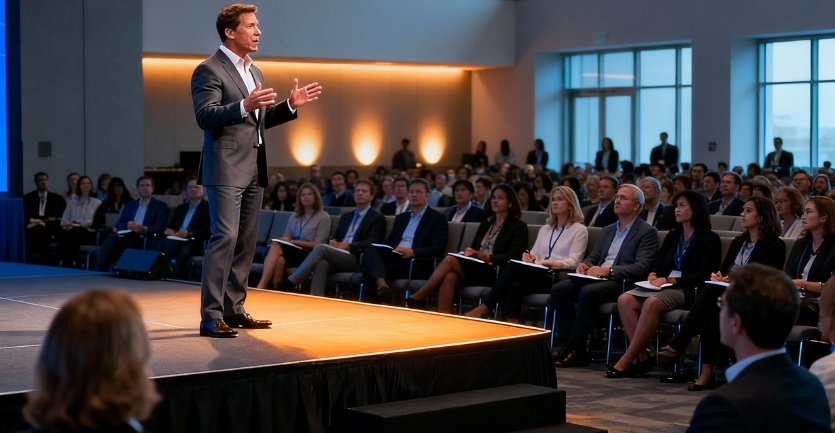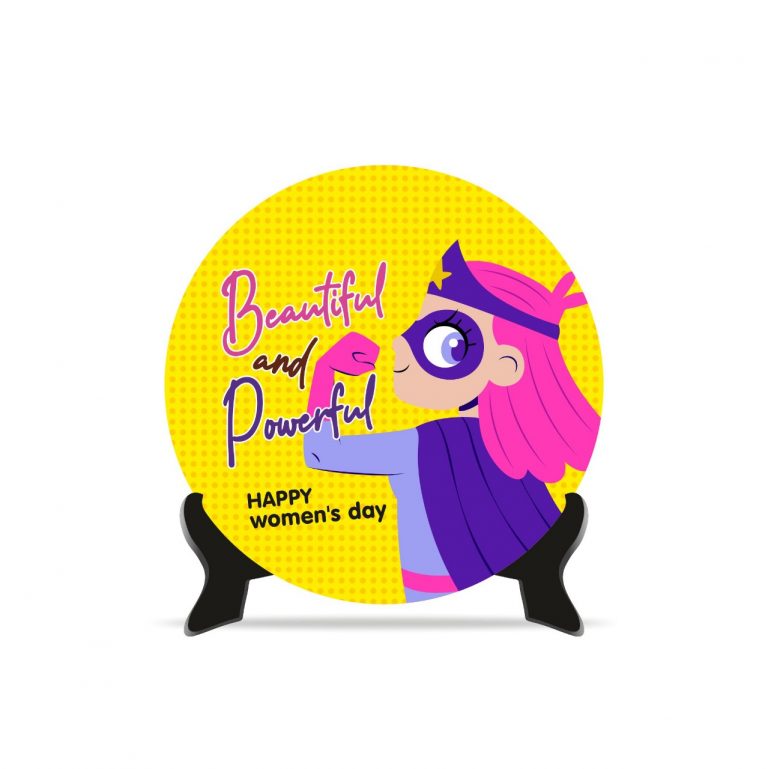Tony Robbins, a world-renowned performance strategist, has spent decades analysing human behaviour and organizational success.
His core philosophy-that sustained achievement is rooted in mindset-holds profound lessons for any modern organization.
In an era where disruption is the only constant, cultivating a growth mindset in the workplace is not a motivational trend. It is a necessity for competitive survival and sustained progress.
The Foundation of Growth in Business
Robbins’ approach centres on the idea that our personal psychology dictates our results. This translates directly to the corporate world. An organization is simply a collective of individual psychologies.
When those individuals operate from a limited, or fixed mindset, the company’s potential is capped.
A fixed mindset believes abilities and intelligence are static traits. A person with this view avoids challenge, gives up easily, and sees effort as fruitless.
Conversely, the growth mindset embraces challenge, persists through setbacks, and views effort as the path to mastery.
Robbins argues that organizational growth is a by-product of individual growth. If employees believe they can learn and improve, they will contribute to continuous innovation and problem-solving. These are the hallmarks of a thriving business.
Principles for Organizational Transformation
Robbins’ work provides actionable strategies for HR and Leadership in workplaces to systematically shift the organizational culture from fixed to growth-oriented.
Master Your Internal Dialogue
Robbins emphasizes the power of language. He notes that our self-talk shapes our beliefs. This principle applies to the entire organization’s discourse.
- Focus on Solutions: Leaders should model a language that prioritizes solutions over dwelling on problems. As Robbins says, “Leaders spend 5 percent of their time on the problem and 95 percent of their time on the solution.”
- Remove Limiting Vocabulary: Encourage teams to replace phrases like “We can’t,” or “That’s how we’ve always done it,” with “How can we?” and “What’s the next action?” This shift reinforces a belief in possibility.
The Power of Decisive Action
Robbins constantly stresses the necessity of decisive action. In business, analysis paralysis is a fixed mindset behavior.
Related Posts
- Foster Calculated Risk-Taking: Companies must create a safe culture where taking calculated risks is rewarded, not punished. This includes viewing failures as vital data points, not final verdicts.
- Build Momentum: Encourage small, rapid decisions and actions. Momentum is created not by massive leaps, but by consistently taking the next right step. This iterative process is crucial for scaling.
Embrace Setbacks as Learning Tools
A fixed mindset leads to a fear of failure, stifling innovation. Robbins’ teaching reframes mistakes entirely.
- Failure as Feedback: Leadership in workplaces must adopt and communicate the philosophy that “Every problem is a gift—without problems we would not grow.”
- Promote Experimentation: Turn post-mortem discussions into learning sessions focused on systems and strategy, rather than individual blame. To embed a growth mindset, formalize a process of learning through controlled experiments.
HR’s Strategic Role in Mindset Shift
HR is the central architect for engineering a growth mindset culture. This requires strategic alignment across talent processes.
Redefining Talent and Performance
Traditional performance reviews often reinforce a fixed mindset by focusing solely on past results. A growth-focused HR strategy looks at performance differently.
- Measuring Effort and Strategy: Performance metrics should include a review of the strategies and effort applied, not just the outcome. This values the commitment to improvement.
- Professional Growth Opportunities: Provide clear pathways for professional growth. Offering opportunities to learn new skills, attend conferences, and engage in mentorship fulfills the human need for development.
Building a Raving Fan Culture
Robbins speaks of creating a “raving fan culture”—one where employees are as passionate as the customers.
- Elevating Employee Experience: A superior experience is built on meeting the core human needs Robbins identifies, such as growth and contribution. Workplace surveys can be used to regularly measure these elements and gather specific feedback.
- Strong Employer Branding: Authentically promoting the company’s commitment to employee development becomes a powerful employer branding tool.
Highlighting stories of employees who grew through challenges is far more compelling than simply listing benefits. This attracts talent already aligned with a growth mindset.
Leadership Development
The shift must start at the top. Leaders act as the emotional and psychological thermostat for the organization.
- Coaching Over Commanding: Train managers to move from simple delegation to leveraging results. This involves asking empowering questions and supporting employees to find their own solutions, fostering accountability and ownership.
- State Management: Leaders must learn to manage their own emotional state. A calm, decisive leader during a crisis is an “anchor” that stabilizes the team, demonstrating resilience as a key leadership standard.









